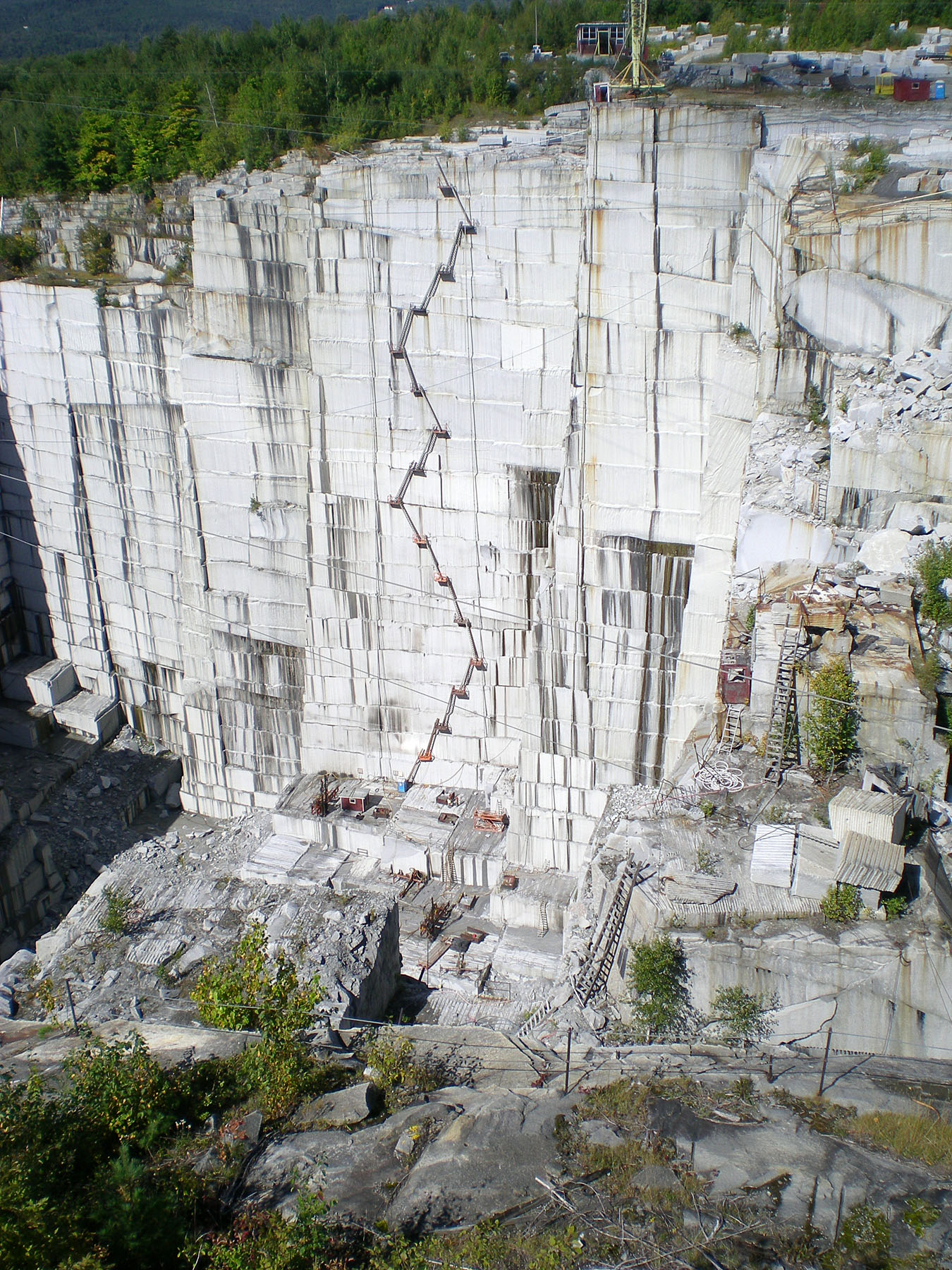A Journey Through Granite Quarries in South Africa: Unveiling Nature's Artistry
A Journey Through Granite Quarries in South Africa: Unveiling Nature's Artistry
Blog Article
Revealing the Mysteries of Granite Quarrying: Where Toughness and Elegance Meet
The world of granite quarrying is a world where the raw toughness of nature converges with human artistry to produce frameworks that stand the examination of time with an air of elegance. From the depths of quarries to the precise polishing in workshops, the procedure of changing granite right into building wonders is a complex dance of tradition and advancement. As we peer right into the midsts of this old craft, we begin to uncover the concealed complexities that shape the really essence of our built setting.
The Beginnings of Granite Quarrying
In the record of architectural history, the beginnings of granite quarrying are shrouded in a tapestry of ancient craftsmanship and geological wonders. Going back to old Egypt and Mesopotamia, the extraction of granite from quarries marked the start of a trip that would ultimately cause the production of several of the globe's most legendary frameworks.
Granite quarrying's origins can be mapped to the skilled craftsmens that identified the rock's longevity and visual allure. Via a mix of primitive devices and sheer determination, these early quarry employees uncovered granite blocks that would certainly end up being the foundation of worlds.
As worlds evolved, so did the strategies of quarrying granite. The Romans, renowned for their design prowess, developed advanced approaches for drawing out granite to build monuments, holy places, and roadways that stood the test of time.
The legacy of these old quarrying methods remains to form contemporary architecture, with granite remaining an icon of stamina and elegance in building and construction tasks around the globe. (granite quarries in south africa)
Devices of the Quarrying Profession
The evolution of granite quarrying strategies from ancient civilizations to modern-day times highlights the important role played by the devices of the quarrying trade in forming the market's practices. In old times, quarrying tools were primary, commonly containing knives, hammers, and wedges made from materials like bronze or iron. These devices needed substantial manpower and time to remove granite blocks from quarries.

Additionally, the intro of pneumatic devices and high-powered equipment has actually dramatically lowered the physical labor called for in quarrying procedures, boosting employee security and efficiency. As the quarrying market remains to innovate, the devices of the profession stay at the leading edge of driving development and shaping the future of granite extraction.
Removing Blocks of Granite
Making More Bonuses use of accuracy machinery and advanced strategies, the removal of granite obstructs from quarries has become an innovative procedure in the contemporary quarrying industry. The initial action includes determining the location and dimension of the granite deposit to identify the most reliable extraction approach. As soon as an appropriate site is picked, the removal process starts with the boring of holes for the positioning of explosives. Managed blasting methods are then utilized to damage apart the granite right into workable sections.

Sprucing Up and Completing Techniques
To attain a perfect surface on granite blocks, skilled craftsmens employ a collection of precise sprucing up and completing techniques. After the first extraction and forming processes, the granite obstructs undergo a thorough sprucing up phase to improve their natural appeal and sturdiness. One common technique used in brightening granite is ruby abrasion, where industrial rubies are used to grind and brighten the rock to a smooth surface. This procedure not only produces a lustrous surface yet also makes certain uniformity in shade and appearance across the granite block.
In addition to sprucing up, finishing methods are used to more refine the granite's appearance. These methods might include flaming, refining, or cleaning, each offering unique structures and surfaces to match various visual choices. Flaming, for instance, involves subjecting the granite surface area to high temperature levels to create a rough, textured finish, ideal for outside applications where slip-resistance is necessary. Sharpening, on the various other hand, gives a matte finish that is smooth to the touch, perfect for indoor countertops and flooring. By thoroughly selecting and using these polishing and ending up strategies, craftsmens can change raw granite obstructs right into charming pieces that showcase both stamina and elegance.

Ecological Influence and Sustainability
With the expanding focus on environmental awareness in the industry, granite quarrying methods are significantly inspected for their influence on natural deposits and lasting sustainability. Quarrying for granite can have considerable ecological implications. The extraction procedure often includes using heavy machinery, dynamites, and huge amounts of my explanation water, causing environment destruction, soil erosion, and water air pollution. Additionally, the transportation of granite from quarries to processing centers creates carbon emissions, even more adding to ecological destruction. granite quarries in south africa.
To alleviate these influences and make certain sustainability in granite quarrying, sector stakeholders are adopting various measures. Implementing advanced technologies to decrease energy consumption and water usage, reclaiming quarried land for ecological restoration, and advertising liable sourcing techniques are some approaches being used. Qualifications such as the Forest Stewardship Council (FSC) and the Leadership in Power and Environmental Layout (LEED) assistance consumers identify environmentally pleasant granite items.
Final Thought
Finally, granite quarrying is a procedure that needs specialized devices and methods to extract blocks of granite and brighten them to a high level of coating. While the environmental impact of quarrying can be considerable, efforts are being made to enhance sustainability practices in the market. Overall, granite quarrying is a fragile balance in between utilizing the toughness and sophistication of this natural stone while decreasing its influence on the setting.
Report this page